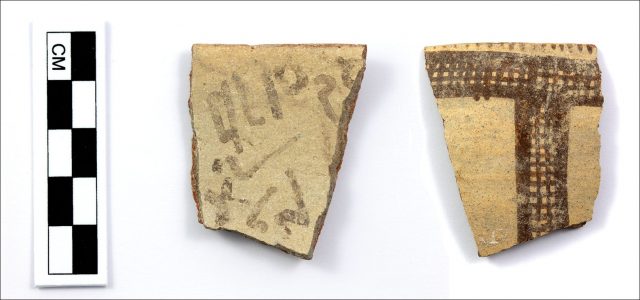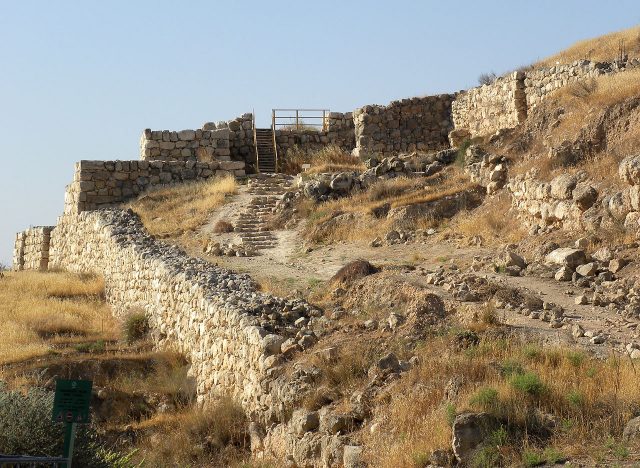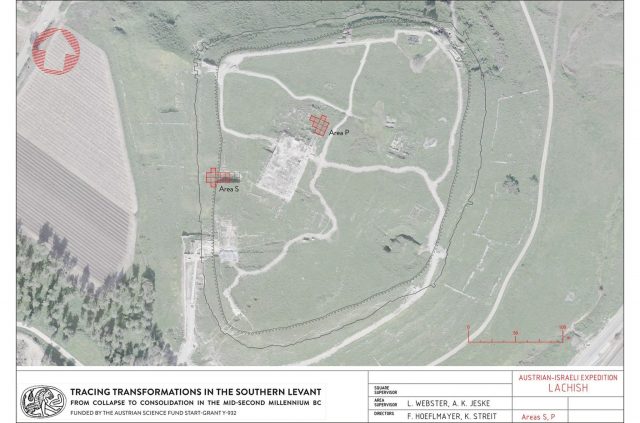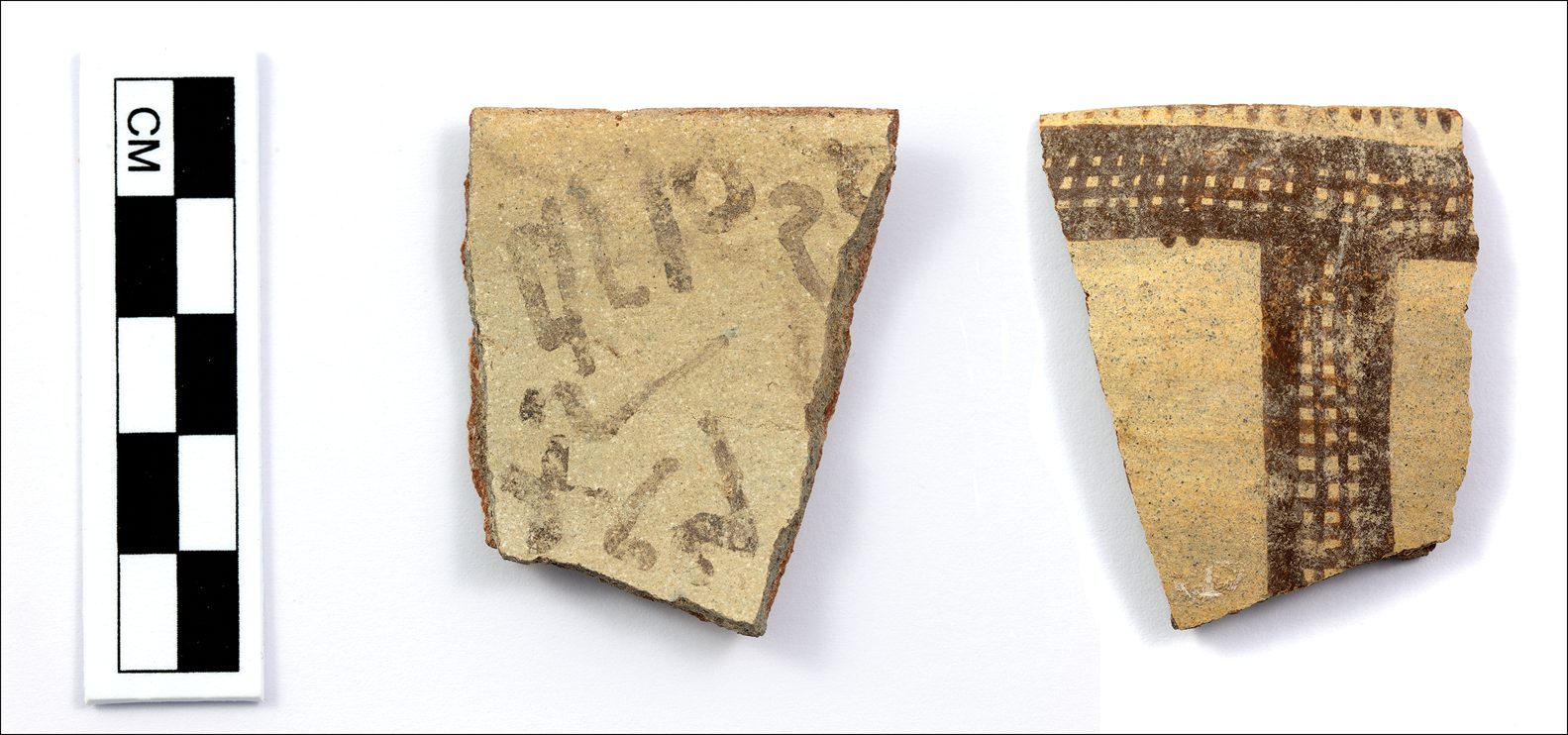Israel: A “missing link” has been found in the story of the modern alphabet. This small piece of pottery from around 1450 BC carried more than milk it seems!
Words are what many people use to get by. But where did they come from? No-one is entirely sure. However, a team of Austrian archaeologists believe they’ve made a crucial leap in understanding how alphabets across the globe came to be.
The Tel Lachish site is located in the Shephelah region of south central Israel. As a statement from the team reads, it was “an important settlement mentioned in ancient Egyptian documents from the period.”
So when a pottery fragment from a Cyprus-made milk bowl was discovered there in 2018, the find was bound to shed some light on what happened thousands of years ago. Inside lay an ancient inscription. Not so much the writing’s on the wall as the writing’s in the bowl!

Laid out in 2 diagonal lines along the inside are 6 letters, described as one of the earliest known sightings of alphabetic text in Israel.
What does the text say? Apparently the words “slave”, “nectar” and “honey”, though the letters can sound deceptively modern.
Reporting on comments made by lead study author Dr Felix Höflmayer, The Jerusalem Post writes some of the inscription might be recognizable to speakers of Hebrew today. While it’s not exactly Hebrew, the ancient text may have informed its development.
Because it isn’t clear what direction the inscriptions are meant to be read in, the fragment creates a powerful mystery. For example, the team note that “slave” might be a partial word, possibly a name.
The fragment – or “sherd” as it’s called – measures approx 1.5 ins, with the inscription legible in dark ink.

By zeroing in on grains found with the pottery, archaeologists were able to radiocarbon date the intriguing artifact. When realizing it came from the 15th century BC, i.e. the Late Bronze Age, they got excited.
Why? Because it contradicted established thinking on the development of the alphabet.
Quoted by The Jerusalem Post, Dr Höflmayer explains: “the early alphabet was invented in Sinai, Egypt in approximately the 19th century BCE” (in other words, 1900 BC).
It’s thought to have travelled to places like Western Asia courtesy of the Ancient Egyptians. Hieroglyphs were gradually adapted by other cultures into a different communication system, one based on words instead of pictures and symbols.
As reported by the Daily Mail, the alphabet reached the Levant – an area encompassing Israel, Palestine, Cyprus and others – in approx 1300 BC.
Evidence of a 15th century emerging alphabet shows things happened well before that! The fragment appears to fill in the blanks between 1900 – 1300 BC.
In their statement about the letters for the Austrian Academy of Sciences, the team write most are “still similar to the Egyptian hieroglyphs they were originally based on.” The study is published in the journal Antiquity (Cambridge University Press).
Who was responsible for turning hieroglyphs into letters in the Levant? During the 15th century BC, Tel Lachish was a city populated by the Canaanites. Was it the higher ups of their society who made the decision? No – according to current thinking, it was miners.
By breaking the Egyptian code down into a simpler format, they changed the way humans would write and speak forever. Smithsonian Magazine mentions: “Variations of the alphabet used in Canaan spread from Turkey to Spain and eventually gave rise to the Latin alphabet used in written English today.”
Previous speculation focused on the expanding Egyptian empire as driving the development of the alphabet. The sherd is a game changer, as it identifies the Canaanites as being more involved than first thought.

Writing in Antiquity, Dr Höflmayer observes the supposedly Biblical Canaan inscription “should be considered a product of Levantine-Egyptian interaction during the mid second millennium BC, rather than of later Egyptian domination.”
A similar find was reportedly made decades earlier but couldn’t be radiocarbon dated. Some doubt the findings, owing to factors such as reliability of dating.
As noted by Smithsonian Magazine (concerning coverage in Live Science), Tel Aviv archaeologist Benjamin Sass is objective. Grains were chosen to be analyzed as part of the process, but what if the pottery was produced earlier than the organic material?
Another Article From Us: New Study Explains Why Dinosaurs ate Rocks
Forging ahead with the full might of 21st century archaeology on their side, it’s hoped further explorations by the team will reveal more about all things alphabetical…
